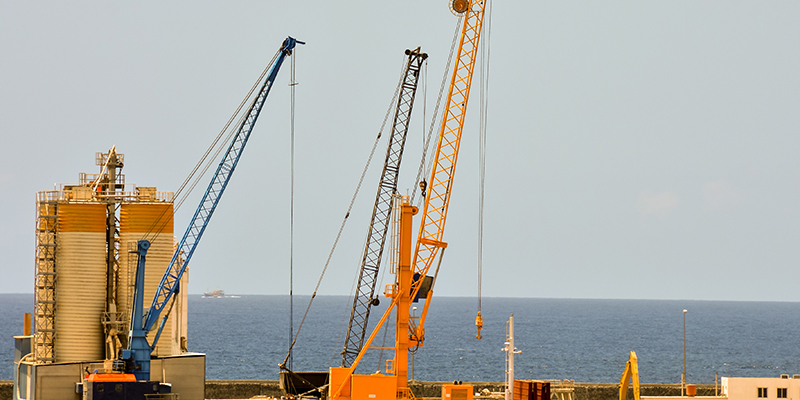
Powerful Rigging: The Versatility of Heavy-Duty Lifting Slings
In today's rapidly evolving world of heavy lifting operations, where loads are getting heavier and deadlines are becoming tighter, crane operators continually face the challenge of enhancing productivity. Traditional steel wire ropes are significantly heavy, which visibly reduces the maximum lifting capacity of any crane. However, the application of Ropers ropes offers a remarkably lightweight alternative, weighing 80% less than steel wire ropes of equivalent strength. This unique attribute enables cranes to effortlessly handle higher effective loads. Furthermore, Ropers ropes boast an extended service life, resulting in fewer rope replacements. Additionally, these ropes exhibit no stretch and torsion during lifting, and they require no lubrication.
Across the global heavy lifting industry, a consistent effort is being made to push the limits of lifting large components for offshore energy projects, aiming to enhance lifting capacities (in tons) and operational ranges. Amidst challenges like fragmented supply chains, labor shortages, and evolving regulations, project owners and operators in the heavy rigging sector must also address existing cost pressures and meet demands for moving, lifting, and installing increasingly massive and weighty structures within shorter project windows, both on land and at sea.
As we delve into the concept of versatile rigging solutions, it becomes evident that Ropers ropes play a crucial role in transforming lifting capacities across various scenarios. These ropes handle heavier loads with ease, making them invaluable assets in the realm of lifting and rigging. The lightweight design of Ropers ropes not only boosts crane capacities but also contributes to heightened operational efficiency. Crane operators can confidently tackle intricate lifting tasks without compromising on safety or productivity.
Beyond their weight advantage, Ropers ropes exhibit exceptional abrasion resistance, chemical resistance, and resistance to UV radiation, ensuring stable performance even in harsh environments over extended periods. This inherent durability translates to reduced downtime and maintenance costs, further enhancing overall lifting operation efficiency.
The versatility of heavy-duty lifting slings extends beyond traditional lifting settings, finding application across various industries, including construction, offshore energy, aerospace, and marine towing, among others. With the continuous advancement of materials science and engineering technology, Ropers ropes are poised to play a more transformative role in reshaping how we approach complex lifting challenges.
In summary, the exceptional capabilities of heavy-duty lifting slings, particularly those employing Ropers technology, are driving a paradigm shift in the rigging industry. Their lightweight design, increased load-bearing capacity, and remarkable durability contribute to enhanced operational efficiency and safety. These slings are redefining the feasibility of lifting, enabling us to confidently and precisely meet the demands of modern construction, energy, and transportation sectors.

Built on the foundation of Ropers ropes, the future of lifting is filled with exciting possibilities, empowering us to overcome obstacles, embrace innovation, and redefine the limits of heavy-duty lifting.

